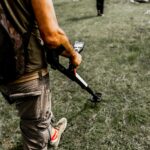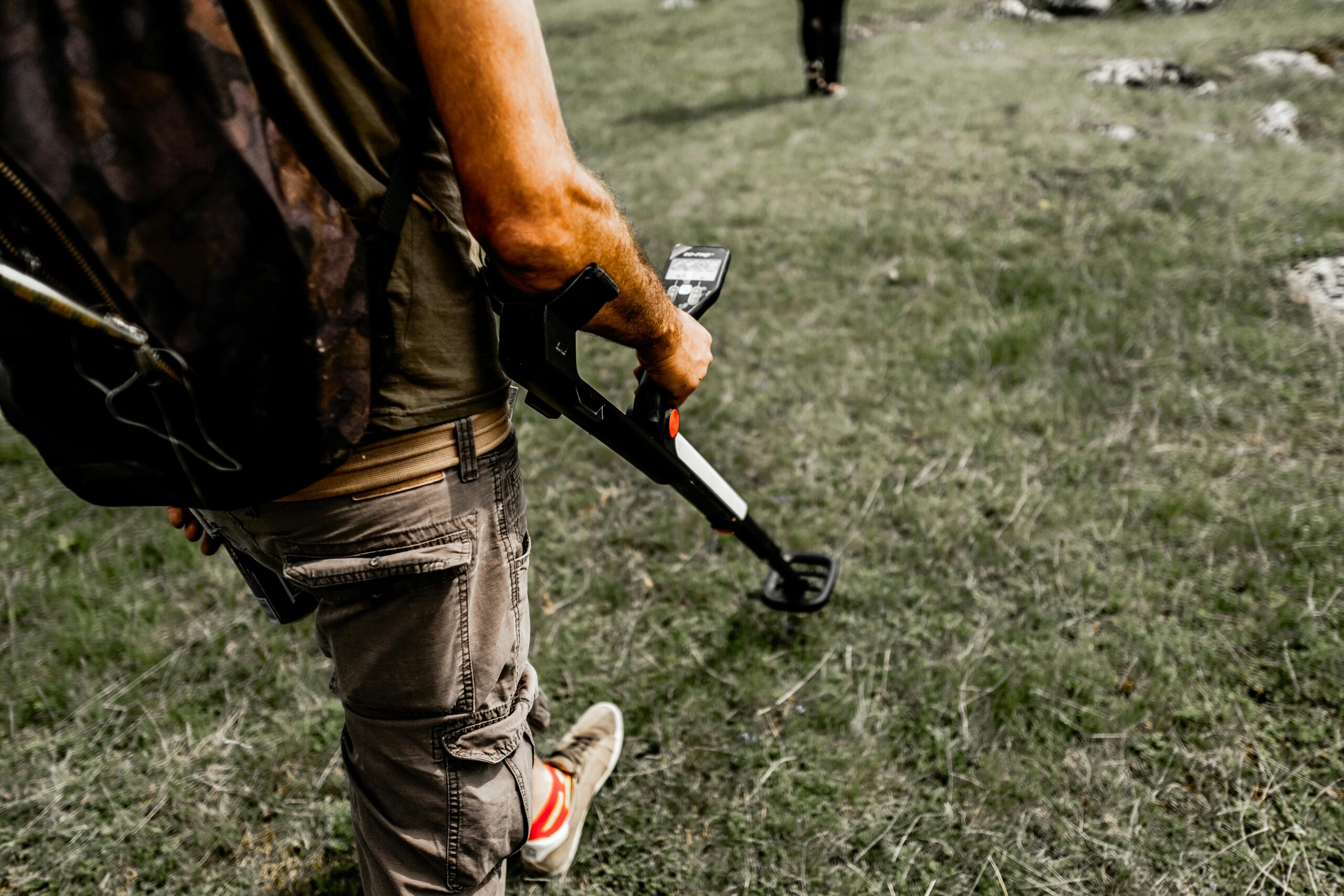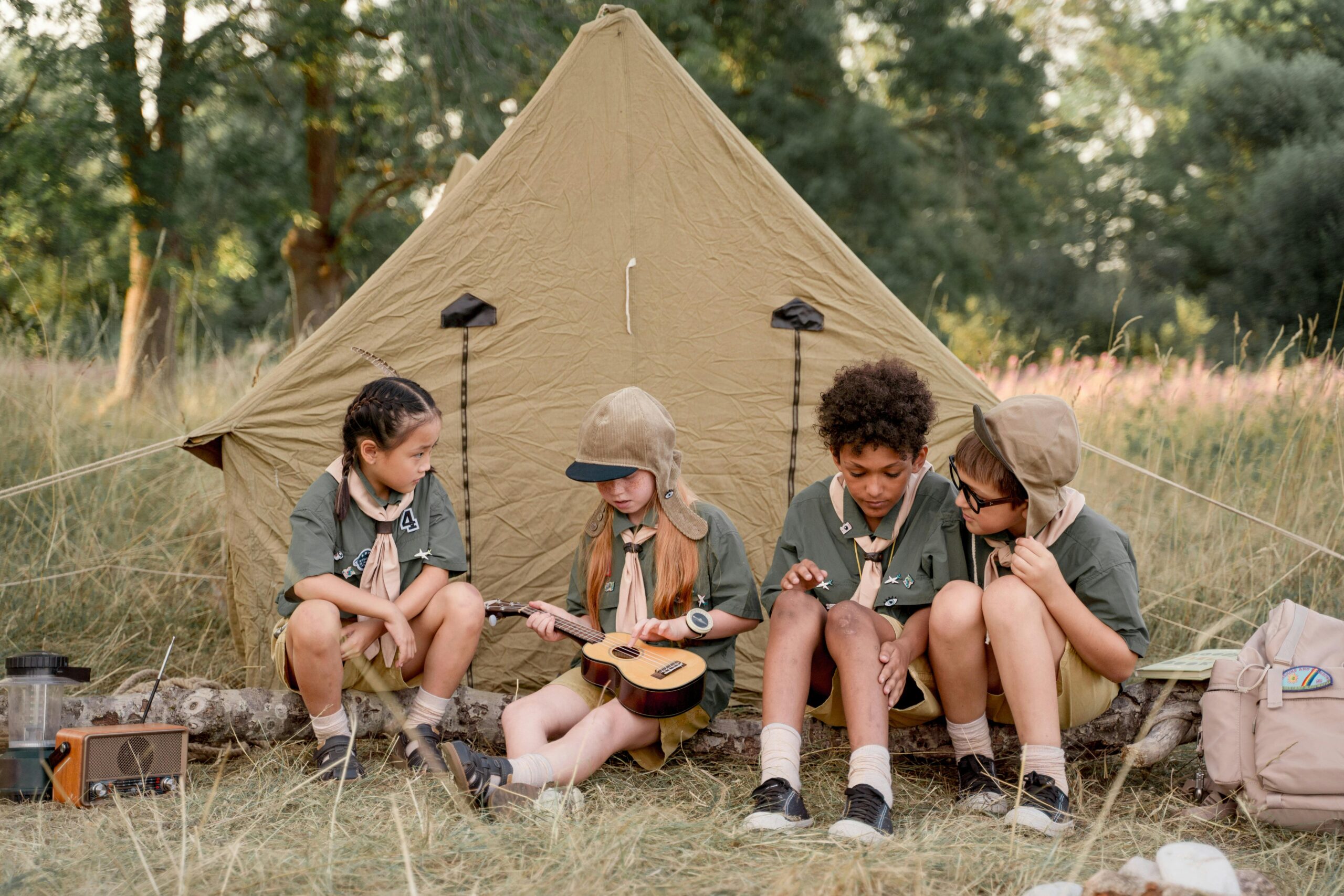Rise in Camping Accidents Highlights Need for Enhanced Safety Measures
Introduction
Camping has become increasingly popular, drawing millions to the great outdoors each year. However, this surge in outdoor enthusiasts has also led to a concerning rise in camping-related fatalities. Recent trends underscore the need for enhanced safety measures to mitigate the risks associated with crowded conditions, unpredictable weather, and harsh terrain. This article delves into the factors contributing to these accidents and provides practical advice on how to stay safe during outdoor adventures.
The Risks of Outdoor Adventures
Recent data from various national parks and recreation areas reveal a disturbing trend. For instance, areas like the Grand Canyon have seen a surge in fatalities, with 16 deaths in just two months, compared to an average annual death toll of 17 over the past decade. Similarly, locations like Lake Mead National Recreation Area have reported high fatality rates, with 19 deaths in 2024, primarily due to drowning and car crashes[1][5].
Factors Contributing to Accidents
Several factors contribute to the increased risk of accidents in national parks and outdoor recreation areas:
- Isolation and Limited Infrastructure: Parks like Isle Royale National Park, Michigan, and Denali National Park & Preserve, Alaska, are particularly dangerous due to their remote locations and limited access to medical facilities[1].
- Unpredictable Weather: Extreme weather conditions, such as those found in Wrangell-St. Elias National Park & Preserve, can pose significant risks to visitors[1].
- Harsh Terrain: Rugged landscapes, like those in Big Bend National Park, Texas, and North Cascades National Park, Washington, can be dangerous for those who do not follow safety guidelines[1].
Practical Safety Tips
To ensure a safe and enjoyable camping experience, it is crucial to be prepared and follow safety guidelines:
- Plan Ahead: Research the area, check weather forecasts, and plan your itinerary accordingly[4].
- Pack the Essentials: Bring necessary gear, including first aid kits, navigation tools, and emergency supplies[4].
- Be Aware of Your Surroundings: Understand the terrain, potential hazards, and local wildlife[4].
- Stay Hydrated and Eat Well: Maintain your physical health by staying hydrated and consuming nutritious food[4].
- Fire Safety: Use fire responsibly and follow local fire safety guidelines[4].
- Be Prepared for the Weather: Bring appropriate clothing and gear for the expected weather conditions[4].
The Importance of Local Guides
Traveling with local guides who have a deep understanding of the terrain and potential hazards can significantly enhance safety. These guides can provide valuable insights and help navigate challenging conditions, reducing the risk of accidents.
Conclusion
The rise in camping accidents underscores the need for enhanced safety measures. By understanding the factors contributing to these accidents and following practical safety tips, outdoor enthusiasts can ensure a safe and enjoyable experience. It is crucial to be prepared, follow safety guidelines, and consider traveling with local guides to mitigate the risks associated with outdoor adventures.
References:
- [1] https://www.sunset.com/travel/national-parks/deadliest-us-national-parks-safety
- [4] https://www.harlemworldmagazine.com/camping-safety-tips-staying-safe-in-the-wilderness/
- [5] https://www.kuhl.com/borninthemountains/safest-national-parks-in-the-us?srsltid=AfmBOoo-ib0XuftgF-e4wbCdNlLH-a_6M8djDoUWDbmb7B9zal5SMEuD










